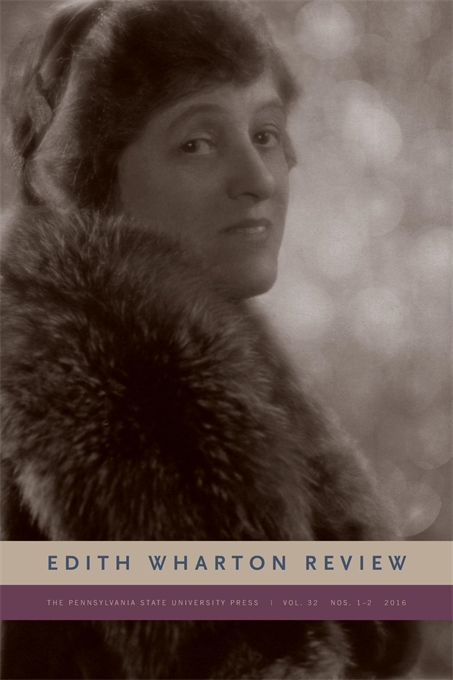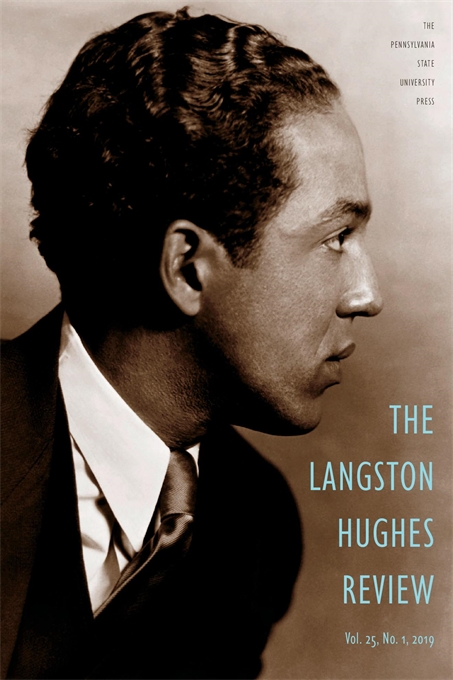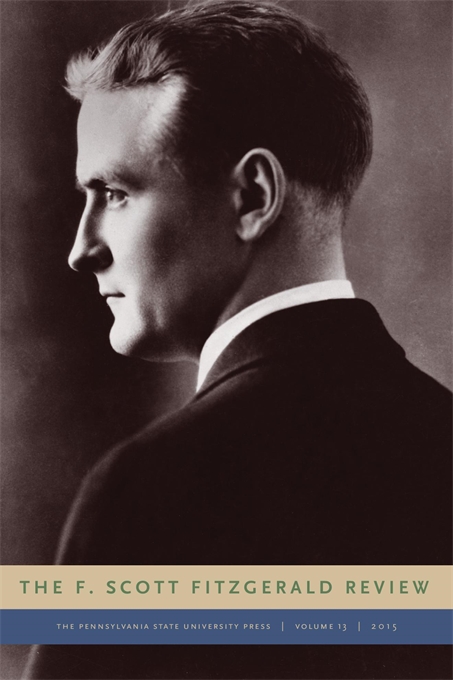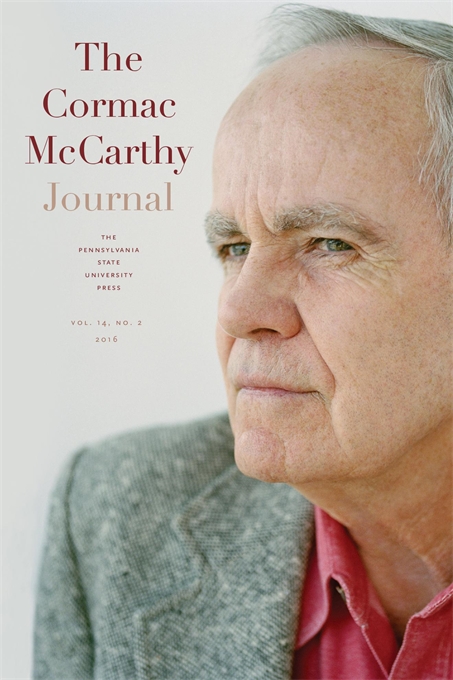Brits and Their Pets
This morning I had breakfast at the local pub with a bunch of hockey playing friends, most of whom had just come from a game. I just participated in the dining part. Such participation, however, allows me to tell stories later in the day which often begin with a sentence like this - “One of my hockey buddies…” etc. - from which the listener forms the impression that I also am a hockey playing guy. Apart from good company and good stories, I benefit because vicarious exercise is much less strenuous than the real kind and, unless I choke on my toast, I am likely to be able to continue eating with them for the rest of the playing season.
One of the real hockey guys, who is more cerebral and sensitive than the others, contends that he reads this blog and wondered why I was not producing more content. I couldn’t say that it was because I play a lot of hockey.
He is surely lying about his reading habits, just as I may have exaggerated a bit about his sensitivity and cerebrality. If he does, in fact, take a peek occasionally at this blog, that means it is read by one person and he should be rewarded. Hence this quick post which can serve also as a test since I am inviting him to respond to it. Apart from an entertaining post he will also receive a shot of single malt for his solitary efforts. Now, about those Brits.
The Factlet
Here finally is the Factlet you are waiting for. We all know that members of that island race love their pets and it has been recently reported that that love may be greater than the affection they feel for their partners. The reader of this blog knows that it has a contrarian strain which will again be exhibited in the Factlet chosen. It is reported that in 1939:
“At least 400,000 cats and dogs (around 26% of London’s cat and dog population) were euthanized in London in the first week of the war. This mass euthanasia was not legally required or even recommended by the British government, was opposed by veterinarians and animal charities (who nonetheless carried out many of the killings) and occurred during the period of the “phoney war”, long before bombs began to fall over London.”
My lone hockey guy reader can contact me to find out if, why and how such an episode happened. Any others who may stumble upon this will have to consult the sources provided.
Sources:
The Factlet is from: The Great Cat and Dog Massacre: The Real Story of World War Two’s Unknown Tragedy by Hilda Kean. Although it is published by a university press, a copy of it is not yet found in this university town, but you can validate it by looking at the website of the University of Chicago Press. You can also read a review of it: "Pet Cemetary: Why Londoners Killed Their Animals in the War," Clare Palmer, TLS, Sept. 22, 2017.
The recent study about pet affection and the British can be found in many places, among them: “Study Finds 15% of Brits Love Their Pet More Than Their Partner, The Daily Star, Feb. 22, 2019.
Some of you are probably thinking that you have read all of this before, but you are thinking of, The Great Cat Massacre and Other Episodes in French Cultural History, Robert Darnton. That happened in Paris in the 1730s.
Post Script:
Mass panic was one reason behind the 1939 episode. Another has been reported about an individual who killed his pets out of fear for their future. Your bonus Factlet:
"It is said that John Barrymore, the great American stage actor, being persuaded that the Martians had landed in upper state New York, took his two beloved Irish wolfhounds into his garden and, so that they might not fall prey to the alien invaders, shot them. Whether Orson Welles, whose notorious fake news adaptation of H.G. Wells’s War of the Worlds Barrymore had fallen for, ever apologised is unrecorded."
"A Vast Cull of Pets was Organised on the Home Front in 1939 — To Pre-empt Them Being Blown to Pieces by the Germans," Wynn Wheldon, The Spectator, May 13, 2017.
Now that source is not from a university press, so I went looking for substantiation - an important thing in this era of ‘fake news’. I did not find any, but I did find this, which may mean that there is an element of truth to in the account:
“Rushing out to the kennel in which he kept his twenty St. Bernards, he [Barrymore] flung open the gate and released the dogs crying, “Fend For Yourselves.”
Bartlett’s Book of Anecdotes, p.44, note 7.
A FACTLET is better than a FACTOID. For more about this important distinction see the footnote in my post about GEE-GEES.





